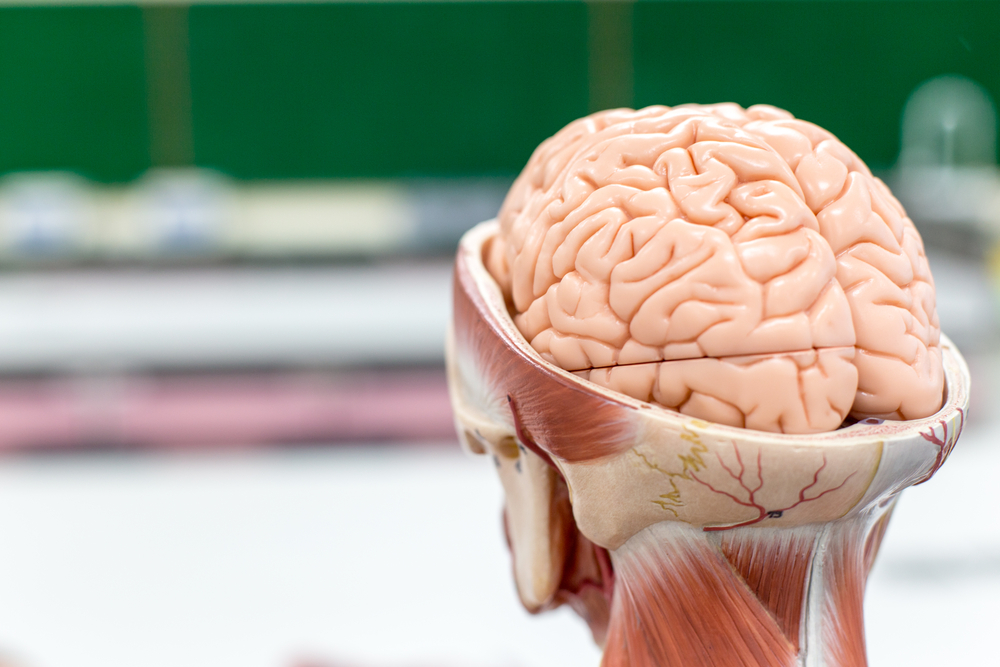Contents:
- Medical Video: Kuru: A Prion Disease
- What is kuru disease?
- What causes Kuru's disease?
- What are the symptoms of Kuru's disease?
- Is there a treatment for Kuru's disease?
Medical Video: Kuru: A Prion Disease
If during this time you might have been used to eating cow brains in Padang restaurants, have you ever been curious to taste what the human brain tastes like? To find out the answer, you can just ask the Fore tribe people in Papua New Guinea.
The previous generation of Fore tribes once had a tradition of eating the bodies of people who had just died at his funeral. This cannibalism tradition was carried out as a form of respect for the deceased during his lifetime. Men eat the flesh of the deceased, while women, the elderly, and children get their brain rations.
At present, the tradition of eating the human brain is no longer done by them because there is a sad history behind it. Of the 11 thousand total souls of the Fore tribe, more than 200 people died during the 1950s and 1960s due to Kuru's disease after eating the human brain.
What is kuru disease?
Kuru is a rare deadly disease that attacks the nervous system and is progressive, aka continues to develop over time.
Kuru is a group of diseasestransmissible spongiform encephalopathies (TSE) which attacks the cerebellum, which is the part of the brain responsible for coordination and balance. The TSE disease group also includes mad cow disease.
The name "kuru" itself comes from the local Fore language which means "trembling to death" or "shivering to death".
What causes Kuru's disease?
Unlike most other infections, Kuru is not caused by bacteria, viruses, or foreign parasites. The reason is a strange protein molecule called prion which is naturally contained in the human brain. That's why this disease is also often called prion disease.
Although prions are naturally produced in all mammalian brains, these proteins can change themselves and clot when the brain no longer functions.
When you eat the brain of a human carcass, the prions that enter your body will act like viruses that attack healthy tissue. Prion will attack you, the new host, by making a hole like a sponge in your brain. Often this causes body coordination disorders and deadly damage.
What are the symptoms of Kuru's disease?
Symptoms of Kuru's disease can look similar to the symptoms of more general nervous system disorders, such as Parkinson's disease or stroke.
Initial symptoms include difficulty walking, loss of control and coordination of the limbs, unconscious jerking movements (similar to seizures or twitching), insomnia, confusion, severe headaches, and memory problems. Gradually you will also lose control of emotions and behavior, which leads to signs of psychosis, depression, and personality changes. This disease can also cause malnutrition.
Other symptoms include:
- Difficult to swallow.
- Slurred or unclear speech.
- Mood changes easily.
- Dementia.
- Muscle twitching and tremor.
- Cannot reach objects.
Kuru disease occurs in three stages which usually begin first with headaches and joint pain. Gradually, the sufferer will lose control of his own body. It will be difficult to balance and maintain posture. Trembling body complaints, tremors, convulsions or twitches, until spontaneous movements that cannot be predicted begin to appear in the second stage.
In the third stage, people with kuru will usually lie in bed and wet their bed. He will lose the ability to speak. He may also show dementia or behavioral changes that make him not care about his health.
Hunger and malnutrition usually occur in the third stage because of difficulty eating and swallowing. Within a year, you can no longer stand up from the floor, eat alone, or control all bodily functions. This disease usually leads to death for several months to several years. Most people eventually die of pneumonia (pulmonary infectious disease).
Is there a treatment for Kuru's disease?
There is no treatment known to be successful for kuru's disease. Prions are not easily destroyed. The brain contaminated with prions remains contagious even when preserved in formalin for many years.
The main way to prevent this disease is to stop the practice of cannibalism. However, new cases of Kuru have continued to appear for years even after these cannibalistic customs have been stopped more than 50 years ago.
This is because prions can take decades to incubate in a new host's body until it can show its real effect. The medical record notes that the time between the first prion infection exposure to the appearance of symptoms can be up to 30 years. Medical records report the last person who died from Kuru died in 2009, but it was not until the end of 2012 that this terrible epidemic was officially declared extinct.












